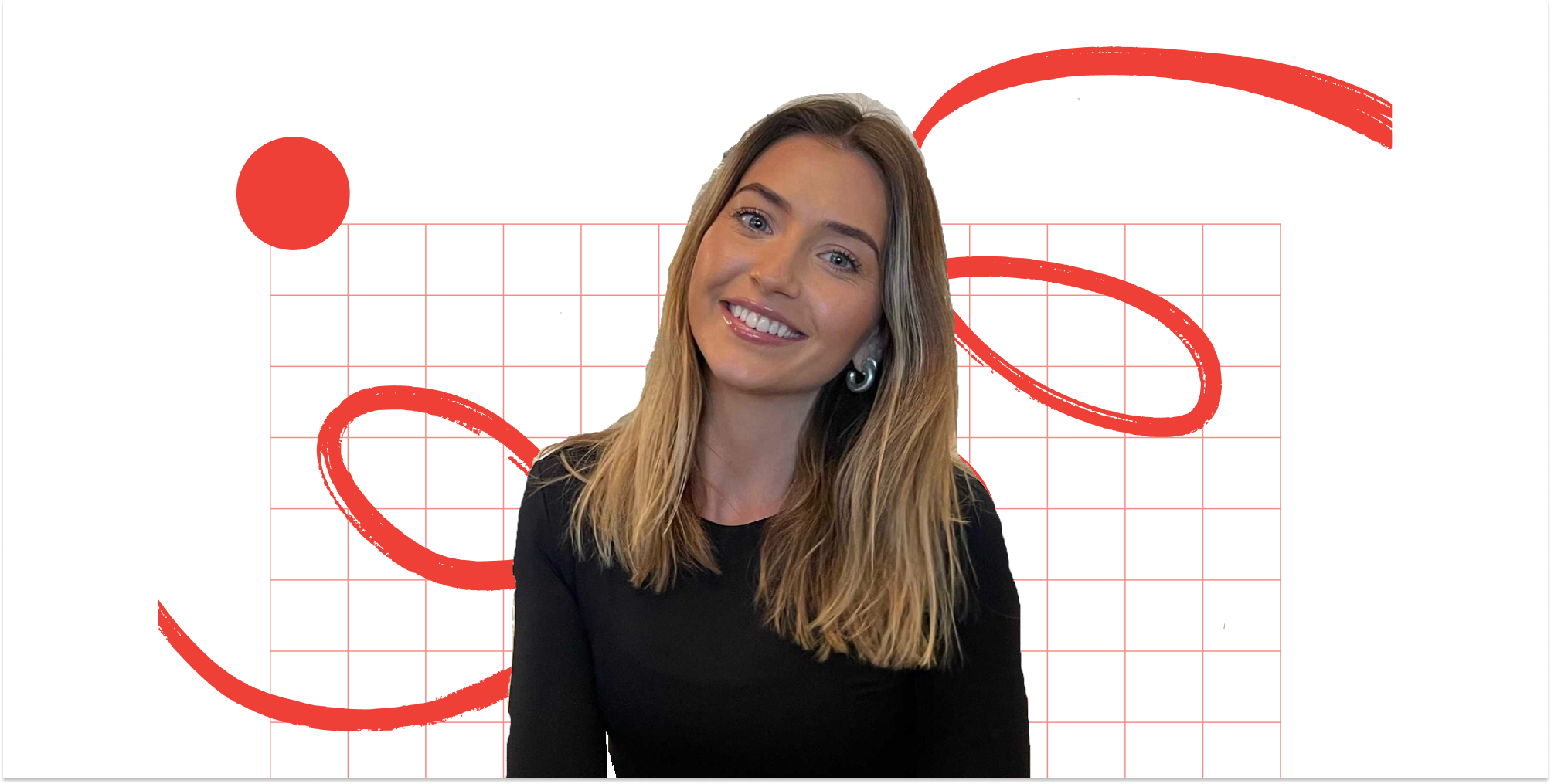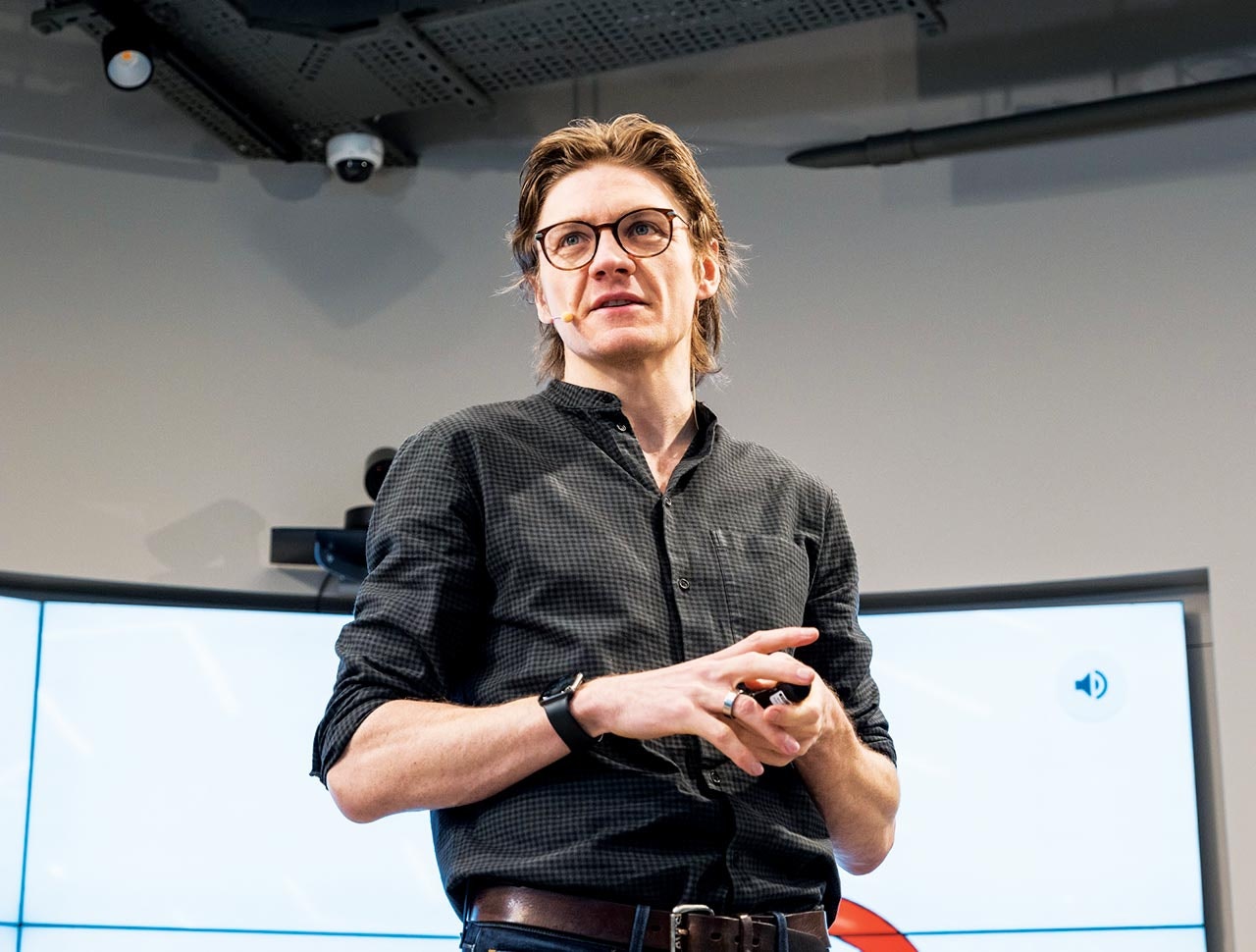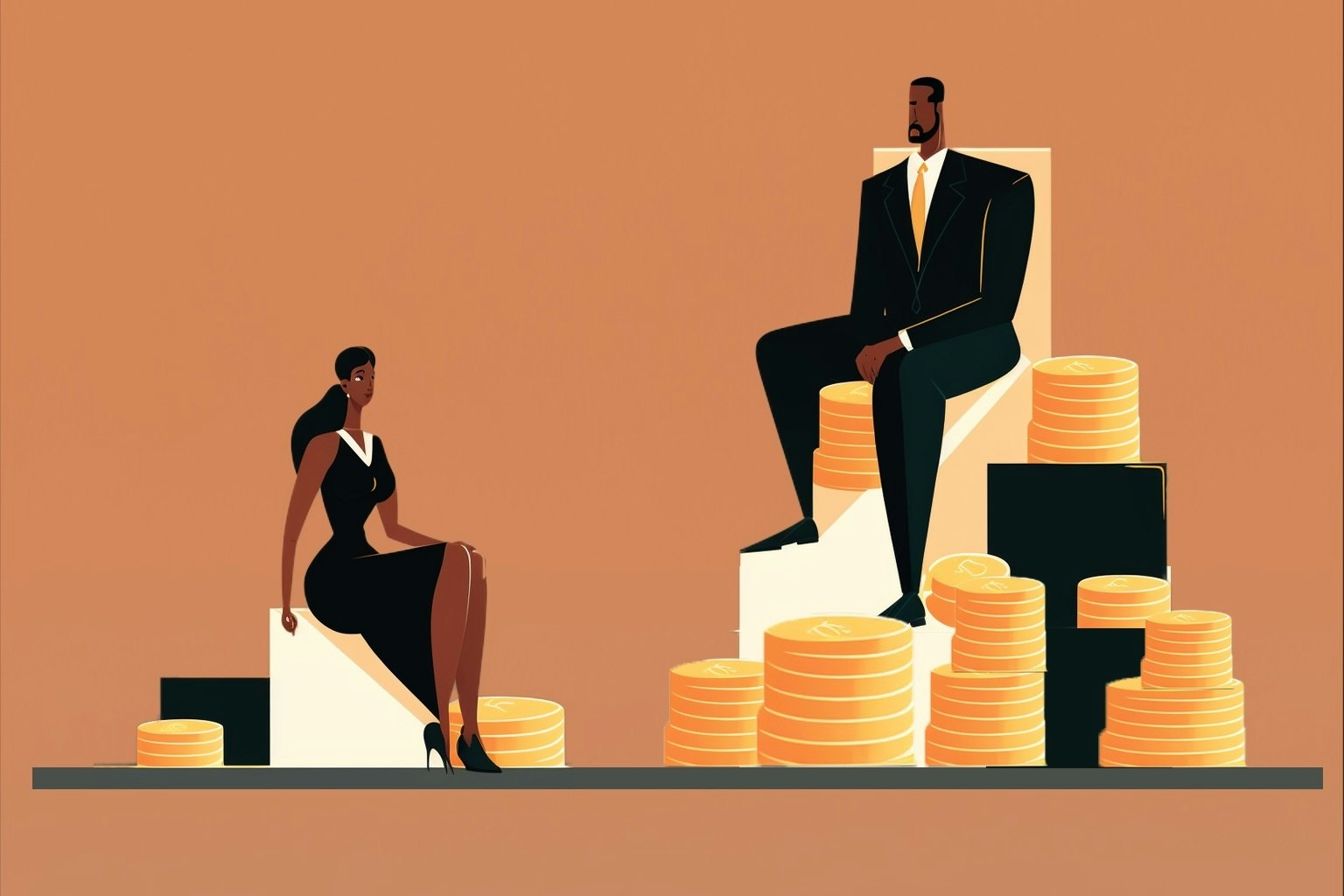Communities are just as integral to startups as funding and roadmaps. Your community is an extension of your team — it’s a space to leverage expertise and connections, test users and much more. The more diverse your community, the greater the range and volume of skills and perspectives that can be applied to your business, and most crucially, your problem-solving capabilities.
But startup communities have typically been founder-focused, prioritising insights from leaders. While these individuals can certainly bring valuable contributions, communities made up of further-reaching roles — including researchers, policymakers and anyone pushing boundaries — can reap a competitive and creative advantage. Here’s why, and how to make the most of them.
Why join a community?
Humans are innately social beings. We learn, grow and protect ourselves as part of a bigger collective. The startup sphere requires the same camaraderie and the strongest, most productive groups are the ones that bring in people who wholly represent the world we live in.
Réka Artner, head of BOLD Community, an initiative backed by the Austrian Federal Economic Chamber (WKO) which works to connect brilliant minds, says that diverse communities entail more than various ages, ethnicities and countries. “It’s about bringing people together across countries and across industries. Being diverse is about having the mindset of being bold.”
Verena Judmayer, cofounder of MATR, a circular economy mattress company, and a member of BOLD, agrees.
“Startups can benefit extensively from the crowd-sourced wisdom in the communities around them,” she says. “If startups are actively engaging with well-working communities, they can work more efficiently, better navigate through challenges and adapt faster to the ever-changing business landscape.”
For Azis Sadikovic, conductor and cofounder of the startup ClassiXX@NOW, communities also help identify potential future issues in business. “Engaging with local communities allows us to test and validate ideas before launching on a large scale. It helps us refine and improve our plan,” he says.
How do you build a community?
There’s no shortage of routes to curate and nurture diverse startup communities. To begin, Artner says startups should join truly global communities like BOLD. Alternatively, you can establish your own diverse community.
We naturally want everyone to feel represented
“Get people together who aren’t just from your echo chambers,” Artner advises. “And intentionally put people together who aren’t working on the same project or in the same field. Innovation happens on the fringes.”
Judmayer suggests “targeting people who align with your mission, values and goals, and, at the same time, people who add different perspectives and challenge common beliefs.” She then recommends harnessing social media platforms, cross-industry events and existing startup networks to cast a broad net over community members.
Of course, startups have to embrace and exhibit diversity in their own make-up and operations to attract diverse community members, says Helen Todd, founder and host of Creativity Squared, a podcast that explores how creatives are collaborating with artificial intelligence.
“Startups need to weave diversity into the fabric of their company,” says Todd. “Is the leadership diverse? Does the culture of the company foster diversity, accessibility and workplace safety for all walks of life?”
Sadikovic says that one way his academy enacts diversity is by creating content that appeals to diverse audiences and using inclusive language and images. “Our big picture is diverse. We naturally want everyone to feel represented.”
How do you connect with your community?
Judmayer recommends implementing scheduled events with community members to maintain consistency, but with space for spontaneous connection too. For example, she points to “monthly digital deep dives on a specific topic with renowned experts”, and “quarterly in-person gatherings with a clear agenda for coffee catch-ups to facilitate ad-hoc collaboration”.
Sadikovic agrees, explaining that he implements weekly meetings but with a degree of flexibility to adjust the frequency according to the needs of the organisation, the community and the task at hand.

Artner also emphasises community members asking for things, to ensure that your community not only has the time to speak and be seen, but to encourage people to express exactly what they need, so diverse solutions can be even more effective.
“At BOLD, we give a lot to our community, and we want to be a platform for people to get value, but sometimes we don’t know what specific wants they have,” she says.
Are there any success stories?
Artner recalls a BOLD event that brought a climate filmmaker and statistician together, where a bank formed a partnership with an AI specialist and an e-mobility expert met a university professor.
Matchmaking happens in other startup pockets too. Sadikovic highlights the Scandinavian landscape — “collaboration here is often a combination between networking events, mentorship programmes and government support.” For Sadikovic, these complementary moving parts don’t only empower all players, they incubate individuals and entities that give back to the community down the line, ensuring a cyclic value loop.
Meanwhile, Judmayer notes the role of startup accelerators, academia, policymakers and events around the world in shaping communities. These places and people allow startups to “share resources openly and engage in thought-provoking discussions involving individuals with diverse perspectives”, she says.
People can tap into novel processes and the disruptive thinking of people outside the founder role, while founders reap their own takeaways and experimentation to apply in a business setting. But, most important to keep in mind is that communities aren’t simply a learning resource, says Todd.
“Startups should embed themselves in, and be part of the community,” she says. “Be the village, not only the merchandise.”
The BOLD Community is the global innovation initiative of the Austrian Economic Chamber. It seeks to bring together pioneers from the fields of business, research, policymaking and the creative sector in curated cross-sector and cross-border events.
If you want to join the BOLD Community, head over to BOLD Digital and look out for BOLD Events all around the globe, all of which will be announced beforehand on the digital home of the community.



